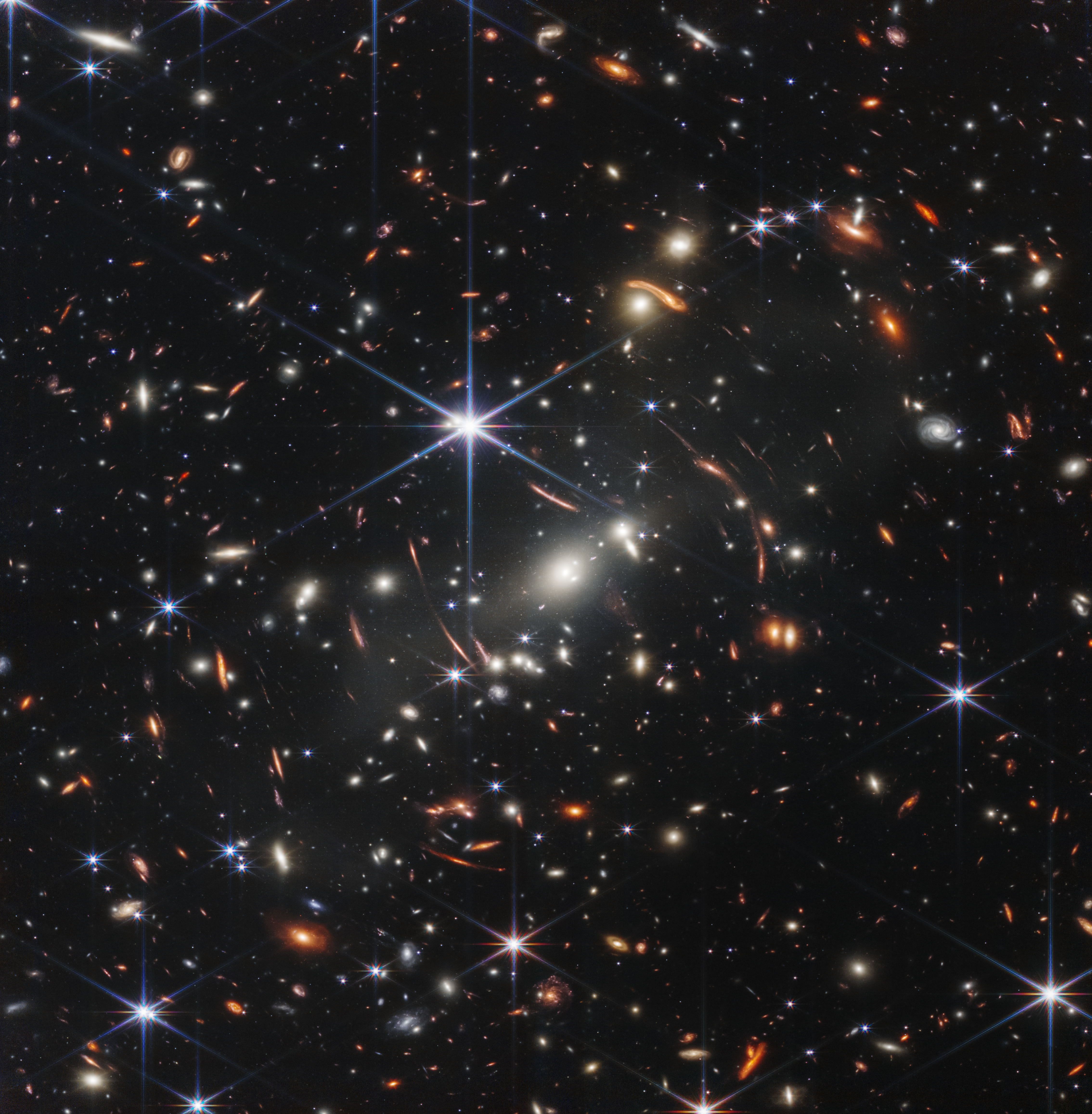Region Celebrates Webb Telescope

By Noah Hale
More than a hundred people filled the auditorium of Anne Arundel Community College’s (AACC) Health and Life Sciences’ Building on Tuesday, July 12 to see the first images taken by the James Webb Space Telescope.
First proposed in 1996 as an upgraded follow-up to the Hubble Space Telescope, the Webb telescope was completed in 2016 and launched into space on Christmas Day 2021. As the biggest space telescope ever built—it’s as tall as a three-story building and as long as a tennis court—it marks a milestone in the field of astronomy. The Webb will study planetary systems and exo-planets—planets that orbit stars outside our own solar system.
Meanwhile, back on Earth, AACC was just one of many locations across the country to host a public screening of an interactive event in which expert scientists explained the significance of the first images from Webb and answered questions. According to Dr. Deborah Levine, event moderator and professor of astronomy at AACC, it was the first time the college had ever hosted an event like this. “It was a very carefully well-planned effort,” she said. “The college offered great support.”
While many members of the college were in attendance, the audience was made up of all ages and backgrounds. “It was a very nice diverse mix,” said Levine. “About 50 percent were people who had not come to an event like this before—and I think that’s almost as exciting as the images.”
To most, the images were simply curiosities, but they mean a lot more to scientists like Levine who have devoted a large part of their lives to studying the stars. “I’m really sort of impressed with the scale of it,” she said. “It’s almost a little emotional in that way.”
Levine explained how revolutionary the James Webb Space Telescope is turning out to be. “Every time you have a big leap in your equipment, you wind up with a big leap in your understanding because of all the things you don’t anticipate,” she said. “The irony is, in order to sell a project like that, you have to put down a lot of things that you are very confident it will be able to do.”
Levine adds that scientists are really hoping for “the stuff that makes you go ‘wow—I didn’t expect that. I’ve gotta figure out what that means.’”
As the gathered guests were celebrating the technical marvels of the new telescope, a thunderstorm caused some technical difficulties that temporarily interrupted the live online event, but it was quickly recovered by the staff. AACC hosts a student Astronomy Club as well as its own on-campus observatory.
Matthew Barzal is an AACC student who just recently changed his major from electrical engineering to astronomy. He was astounded by the Webb’s capabilities—essentially seeing millions of years into the past thanks to its ability to visualize infrared light. “It’s just incredible to see exactly how far back in time we can see these images of our galaxy from and the different things that we will potentially be able to learn from this,” he said. “It’s incredibly exciting.”
The new telescope will continue to take pictures for about ten years until it runs out of fuel. Until then armchair-astronauts should keep an eye out for new photos as they come. To see more of the first released images: nasa.gov/webbfirstimages.
